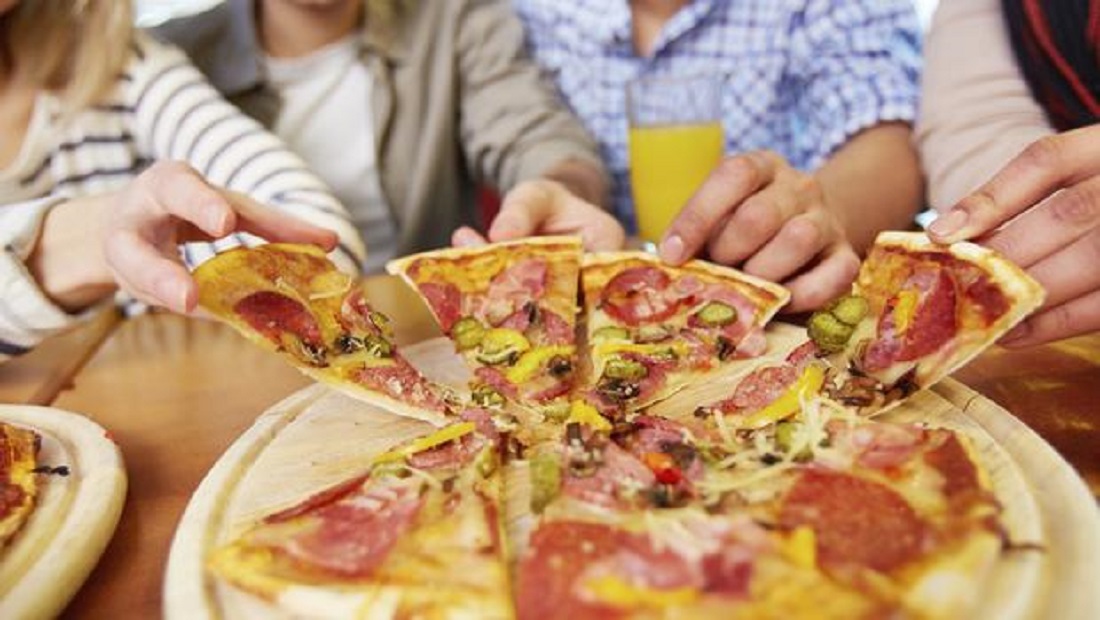Now is an ideal time for you to consider whether there are any changes you could make which would improve your health.

Today there is good evidence that despite the availability of a wide range of nutritious food, faulty eating is contributing to many common preventable illnesses and deaths.
Overeating, and not a lack of food, is the major diet problem.
Good health depends on sensible eating, regular exercise and plenty of relaxation and sleep.
The Australian Nutrition Foundation says the best way for children to learn healthy eating habits is from good examples at home and at school.
But “healthy” should not be equated with “boring”.
The foundation says enjoyable food can also be healthy food and children need to learn about choosing food for health and pleasure at an early age. Eating for health and pleasure then becomes a habit.
Food provides the building blocks for our bodies. Children need lots of healthy foods because they are growing quickly.
Food is also linked with emotional growth and development. Eating habits are disturbed when children are worried and anxious. Children who are poorly nourished are likely to become tired and cranky. Life is more difficult for these children at home and at school.
Check your eating habits against the following dietary guidelines to see if there are any changes you could be making to improve your eating habits.
1. Choose a nutritious diet
This involves including a wide variety from the following five groups; breads and cereals (especially wholegrain); vegetables and fruits; lean meat, fish, poultry, dried beans or peas and nuts; cheese or yogurt; small amounts of butter or table margarine.
2. Control your weight
The best way to avoid obesity, a most common nutrition problem, is to prevent it. It is best avoided and treated by a combination of a balanced diet low in sugar, fat and alcohol, and regular exercise.

3. Avoid eating too much fat
High fat diets increase the risk of heart disease, overweight and certain types of cancer.
4. Avoid eating too much sugar
Sugar, including brown and raw sugars, glucose and honey, contributes little in the way of nutritional value. Excesses can contribute to dental disease and overweight. The current average intake is 35 teaspoons per person per day – 70 percent of this occurs in processed foods.
5. Eat more breads and cereals (preferably wholegrain) and vegetables and fruits
These foods are rich in dietary fiber which will prevent constipation and may help prevent other chronic diseases of the large intestine.
6. Limit alcohol consumption
Excesses can contribute to weight problems and vitamin and mineral deficiencies, as well as to liver damage.

7. Use less salt
High intakes of sodium (salt is sodium chloride) have been linked to an increased risk of high blood pressure. Limit salt in cooking and at the table, and also limit those foods to which large amounts of salt have been added, such as corned meats, pickles, take away foods, cheese, meat sauces and many snack foods.
8. Promote breastfeeding
Breast milk provides the best nutritional start in baby’s life and also helps protect the baby against infections.
9. Try a variety of easily prepared dishes
Stir-fried vegetables and meat, chicken or fish, served with rice, or one-dish meals of a casserole with meat or chicken dishes prepared with potato and vegetable pieces with some tomato and herbs for extra flavor.
Sources:

